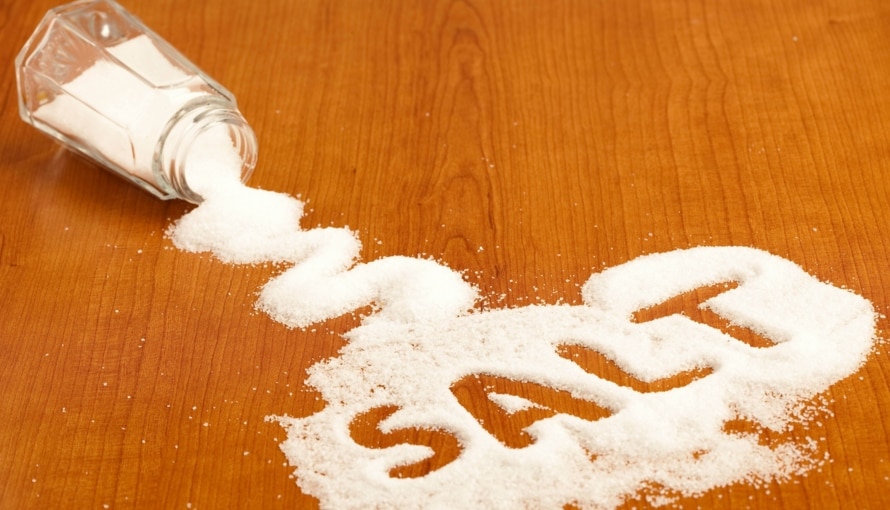Does Salt Really Matter and How Much is Too Much?
Plus easy food swaps...

Current recommendations state that adults should eat no more than 6g of salt a day, but why does it matter? Well, a diet high in salt can causehigh blood pressure - and constantly raised blood pressure will put a strain on your heart and increase your risk of heart attacks and strokes.
How much salt should we be having in our diet?
Salt intake is important, but can be difficult to measure. Three quarters of our total salt intake comes from the food we eat. Meaning that only a quarter is from the salt that we consciously add to our food. It will come as no surprise to most of you to know that prepackaged and processed foods contain salt but there is hidden salt in less likely foods such as bread and breakfast cereals too. And reading food labels can be confusing. Some labels refer to salt content, others refer to sodium content and most will refer to these as per 100g. Let's try to unravel this with two simple equations...
salt ÷ 2.5 = sodium OR/ sodium x 2.5 = salt
6g a day roughly equates to 2.4 grams of sodium. As a rough guide, food containing more than 1.5g salt (0.6g sodium) per 100g is considered a high salt food and should be limited or kept for high days and holidays. A food with 0.3g salt (0.1g sodium) or less per 100g is deemed a low salt food and a healthier option.
Children over 11 can consume similar levels to adults but younger children should have less salt than adults. Below are some guidelines according to age:
- 1 – 3 years: 2g salt (0.8g sodium) per day
- 4 – 6 years: 3g salt (1.2g sodium) per day
- 7 – 10 years: 5g salt (2g sodium) per day
Reducing your salt intake
Restricting your salt intake is not all about food labels though, as a quarter of our intake is from the salt we add to our food and this is completely avoidable. Try cutting that out completely and seasoning your food with herbs and spices instead. You will miss it at first but human taste buds adapt very quickly and within a couple of weeks you will wonder how you ever managed to enjoy such salty food!
more from Life

How to nail monochrome looks this season

Is it okay to ask about a second date on the first date?

Jorts are back, and they're staying in 2025

Here are five sexolutions I am setting for 2025!

Your year-end fashion inspiration from Amazon Fashion and Beauty’s Walk-in Wardrobe Creator Connect event

Get into the Christmas spirit with these jolly good nails!

Amazon Fashion brings tailored style for every Gen Z vibe

9 things you can to do to find your ‘the one’ on a dating app

Divine messages for each zodiac sign for this season of change and renewal

Discover the Austin art and music scene: A guide to the best museums, galleries, and music venues in Austin, Texas
